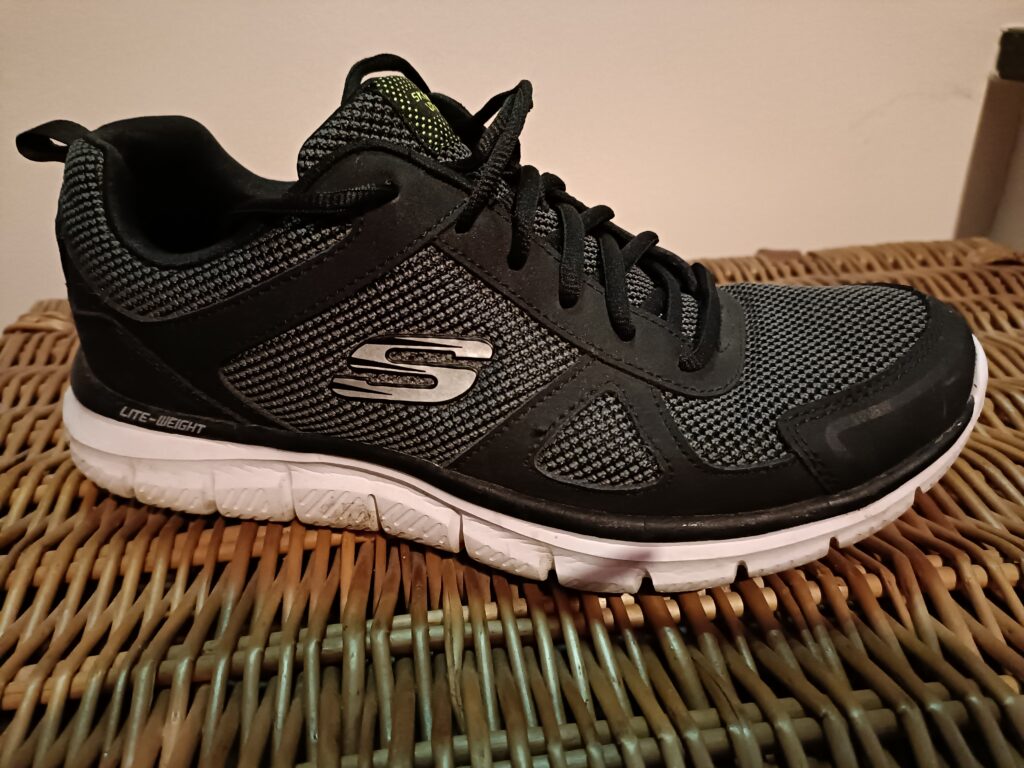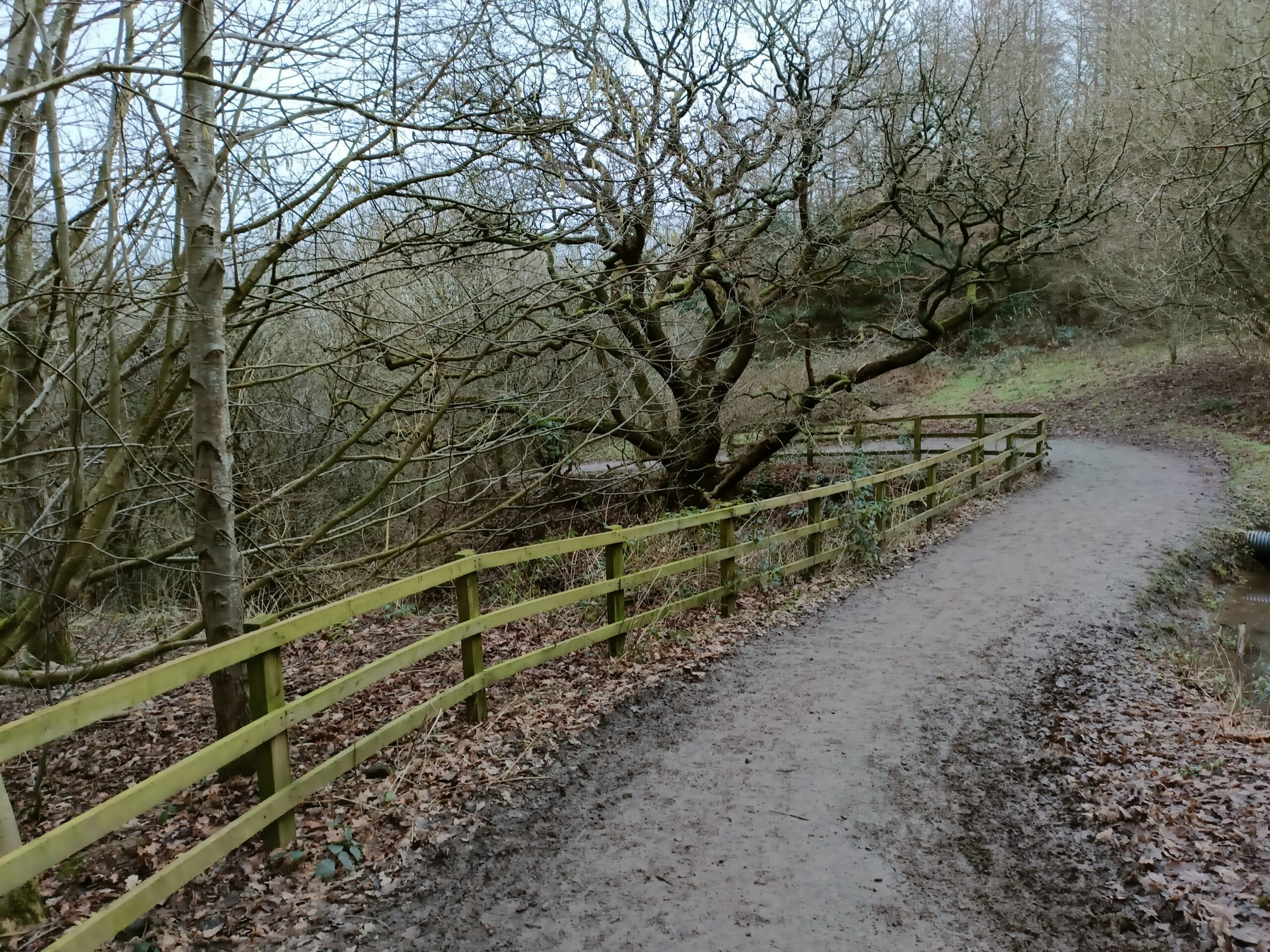As a runner, your shoes are one of the most important pieces of equipment you can invest in. Choosing the right pair of running shoes can make all the difference in your performance and your overall enjoyment of the sport. But with so many options on the market, it can be overwhelming to know where to start. In this blog, we’ll break down what to look for when shopping for running shoes, including the different types of terrain and the different footwear available for each terrain.
- Know Your Foot Type
Before you start shopping for running shoes, it’s important to know your foot type. There are three main types of foot arches: high, medium, and low. Your arch type affects how your foot absorbs shock when you run, so it’s important to choose a shoe that’s designed to support your foot type. You can determine your foot type by doing a simple wet test. Wet your foot and step onto a piece of paper or cardboard. Look at the imprint your foot leaves behind. If you see a complete imprint of your foot, you have low arches. If you see an imprint of your heel and the ball of your foot with a narrow strip connecting them, you have medium arches. If you see only a thin strip connecting your heel and the ball of your foot, you have high arches.
- Consider Your Terrain
The terrain you’ll be running on is another important factor to consider when shopping for running shoes. Different types of terrain require different types of shoes to provide the proper support and traction.

- Road Running Shoes: If you’re primarily running on pavement or other hard surfaces, you’ll want to look for shoes that offer plenty of cushioning and support. Look for shoes with a thick sole and a lot of shock absorption.
- Trail Running Shoes: If you’re running on rocky or uneven terrain, you’ll want to look for shoes with a sturdy sole and plenty of traction. Look for shoes with a rugged outsole and a protective toe cap.
- Cross-Training Shoes: If you’re doing a variety of activities, including running, you’ll want to look for shoes that can handle multiple types of terrain. Look for shoes with a versatile sole that can provide traction on both hard and soft surfaces.
- Choose the Right Type of Shoe
There are three main types of running shoes: neutral, stability, and motion control. The type of shoe you choose depends on your foot type and the amount of support you need.

- Neutral Running Shoes: If you have a normal foot arch and don’t overpronate (roll your foot inward), you’ll want to look for neutral shoes. These shoes provide a good balance of cushioning and flexibility.
- Stability Running Shoes: If you have low or flat arches and overpronate, you’ll want to look for stability shoes. These shoes provide extra support to help prevent your foot from rolling inward.
- Motion Control Running Shoes: If you have very low arches and severe overpronation, you’ll want to look for motion control shoes. These shoes provide the maximum amount of support and stability.
- Get a Good Fit
Finally, it’s important to make sure you get a good fit when shopping for running shoes. Your shoes should fit snugly but not be too tight. Make sure there’s enough room in the toe box for your toes to move around. Try on shoes at the end of the day when your feet are at their largest. And don’t be afraid to try on several different pairs to find the perfect fit.
In conclusion, shopping for running shoes can be overwhelming, but by considering your foot type, terrain, shoe type, and fit, you can find the perfect pair of shoes to help you achieve your running goals. Remember to take your time, try on several pairs
